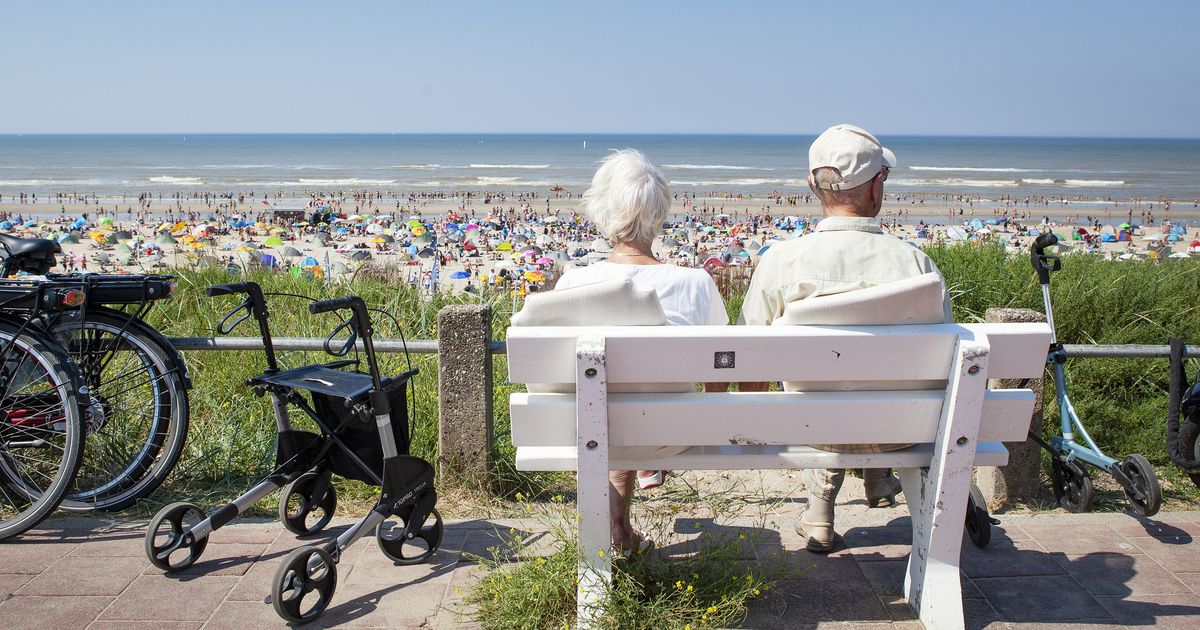
How much heat can the human body handle?
Meteorologists and women always talk about air temperature (T). This is the temperature measured in the shade. Unfortunately, this is not a good indicator of how much heat the human body can handle. The wet bulb temperature (Tw) is more suitable for this purpose.
This is measured with a thermometer covered with a damp cloth and placed in the air stream. This also takes into account the humidity level and thus the possibility of moisture evaporation, which results in cooling. In the case of the human body, the evaporation of sweat ensures cooling of the body.
The wet bulb temperature is always lower than the air temperature. It depends on the humidity: the higher the humidity, the less evaporation and the closer T and Tw become to each other. At 100% humidity, evaporation stops and T and Tw become equal.
For more than a decade, the critical wet-bulb temperature (Tw) of 35°C has been used as an upper limit for human survival. But this does not take into account differences in human physiology (such as age, gender, and body type). If you do this, the Tw threshold for human survival will be lower. It is even much lower in older people, especially older women, according to an international group of researchers. Among them is Koen Bongers from the Department of Medical Biosciences at Radboud University Medical Center in Nijmegen. They have published their research in Nature Communications.
To sweat
The researchers used a physiology-based approach to better estimate survival rates. “The ability to sweat decreases in older people,” Bongers says. As a result, the limit value of temperature at which the elderly can survive is also much lower than the wet bulb temperature (Tw) of 35°C. In addition, women have a lower maximum sweating capacity than men. They may be less able to cool their bodies by losing heat through sweating.
According to the researchers, the threshold value is 0.9 to 13 degrees lower than previously assumed. This is partly because they looked not only at the survival limit, but also at livability: the temperature limit at which people can still carry out their daily activities safely. According to the researchers, this decreases with exposure to sunlight and humidity, but more so with age. “As the population ages further in the coming decades, this is an important parameter to include in models looking at the effects of climate change,” Bongers says. “At the end of the COP28 climate conference in Dubai, they may be able to take the results of our study into account.”

“Travel enthusiast. Alcohol lover. Friendly entrepreneur. Coffeeaholic. Award-winning writer.”
